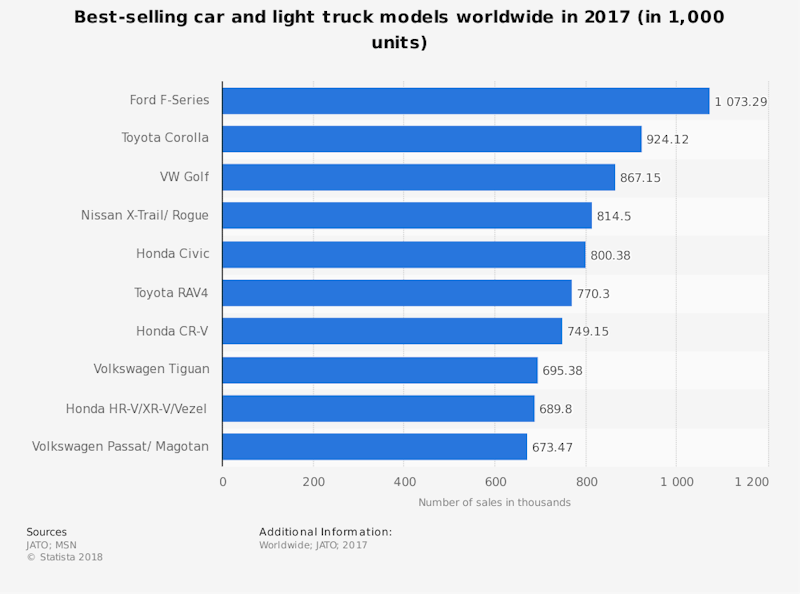Study Notes
Honda Announces Closure of Swindon Plant
- Level:
- AS, A-Level, IB
- Board:
- AQA, Edexcel, OCR, IB, Eduqas, WJEC
Last updated 20 Feb 2019
The decision by Japanese car maker Honda to close their manufacturing plant at Swindon in Wiltshire is one of the most significant moments in the UK economy in recent times.

Background
It is the first closure of an automobile manufacturing site in the UK for over a decade. The Japanese company argues that a period of unprecedented change in the global car industry lies behind the decision.
The Swindon plant has been operating below full capacity for some time and a sharp decline in demand for diesel vehicles including the Honda Civic has reduced production still further.
When a factory is operating below capacity, the average fixed cost of production rises since fixed costs are being spread over a smaller volume of production.
The Honda plant manufactures around 160,000 vehicles a year - which is relatively small by international standards. The Nissan plant in Washington, Tyne and Wear for example assembles over 400,000 vehicles a year as does the Jaguar Land-Rover plant at Solihull in the West Midlands.
It is hard to make sufficiently high profits when a factory is operating below capacity. Honda's investment will shift instead to countries where planned production volumes are much higher.
Another factor behind the move has been the recently-agreed free trade agreement between the European Union and Japan. With the gradual elimination of import tariffs between Japan and the EU, there is less of an incentive for Japanese car firms to locate within the EU to by-pass tariff barriers. Some element of reshoring seems to be taking place.
Economic impact of the planned closure:
The closure of a plant that employs over 3,000 workers will inevitably have a significant impact on both the local and regional economy.
- The direct loss of jobs from the factor closure
- A contraction of jobs in supply chain businesses e.g. component suppliers
- A negative multiplier effect is inevitable because falling incomes in Swindon and the surrounding area will lead to a drop in spending on retail services
- The likely decline in house prices may cause a negative wealth effect
In total, thousands more jobs are at risk. Much depends on the extent to which new jobs can be found - perhaps by granting Swindon enterprise zone status - and a possible rise in government investment in re-training programmes to improve the human capital of the workforce at Honda factory and reduce the risk of an increase in long-term structural unemployment.
Honda confirms it will close its Swindon car plant, with the loss of about 3,500 jobs https://t.co/FZ7wbDPxPx
— BBC News (UK) (@BBCNews) February 19, 2019
As the clock ticks down on Britain’s departure from the EU — with no deal in sight — the country’s car industry is braced for its biggest blow in more than a decade with the closure of a major automobile plant: Honda. Who's next? https://t.co/VYDgeBNbif pic.twitter.com/JQIXkXeLzf
— Financial Times (@FinancialTimes) February 20, 2019
Honda to shut UK plant by 2022 in another Brexit retreat https://t.co/QlEKNXrv98
— Robin Harding (@RobinBHarding) February 18, 2019
You might also like
Ten Structural Problems Facing the UK Economy
Study Notes
Investment and Aggregate Demand
Topic Videos
Electric vehicles at heart of UK industrial strategy
27th November 2016
Mersey Beats the World with Biggest Wind Turbines
21st May 2017
Unemployment (Quizlet Activity)
Quizzes & Activities
Markets in Action - Cocoa Price Volatility
Topic Videos
